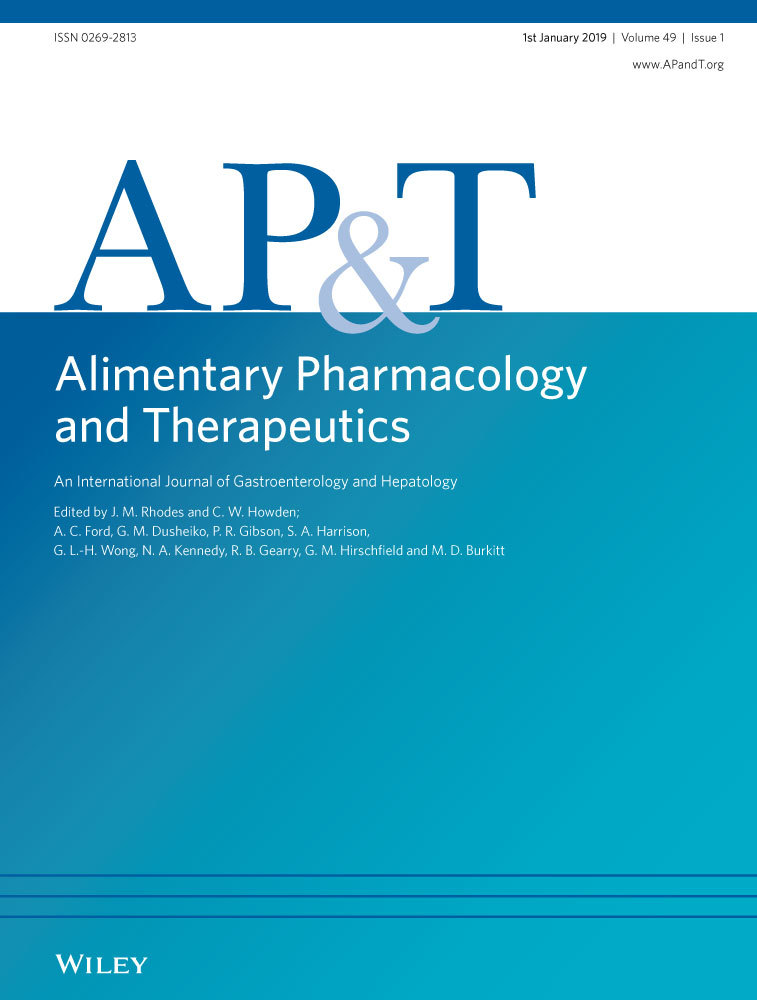Featured Scientist

Author published in"Alimentary Pharmacology & Therapeutics"affiliate to
Division of Gastroenterology and Hepatology,
Fu-Jen Catholic University Hospital, New Taipei, Taiwan
Article published in
"Alimentary Pharmacology & Therapeutics" Volume49, Issue1,January 2019,Pages 107-115
Combining hepatitis B core-related and surface antigens at end of nucleos(t)ide analogue treatment to predict off-therapy relapse risk
Summary
Background
There remains an unmet need for convenient biomarkers to assess the risks of discontinuing nucleos(t)ide analogues (NAs) in chronic hepatitis B (CHB).
Aim
To investigate if hepatitis B core-related antigen (HBcrAg) is an independent of surface antigen (HBsAg) for risk prediction of NA cessation.
Methods
This prospective multicentre study enrolled 135 CHB patients who stopped entecavir or tenofovir after achieving viral remission for a median of 25.2 months. All patients stopped NA with negative HBeAg and undetectable viral DNA, and were then observed for clinical relapse and HBsAg loss. Predictors including HBsAg and HBcrAg levels were explored using Cox proportional hazard model and weighted to develop a risk score.
Results
During a median follow-up of 25.9 months, clinical relapse and HBsAg loss occurred in 66 and eight patients, respectively, with a 5-year cumulative incidence of 56.1% (95% CI 46.7-66.0%) and 8.8% (95% CI 4.3-17.4%), respectively. HBcrAg was an independent relapse predictor, as well as HBsAg, age, ALT and tenofovir use. A score (SCALE-B) was calculated by the equation of 35*HBsAg (log IU/mL) + 20*HBcrAg (log U/mL) + 2*age (year) + ALT (U/L) + 40 for tenofovir use. The concordance rates for clinical relapse were 0.87, 0.88, 0.87, 0.85 and 0.90 at 1, 2, 3, 4 and 5 years, respectively. Moreover, HBsAg loss occurred exclusively in low-risk patients predicted by the score.
Conclusions
Serum HBcrAg and HBsAg levels were independent predictors of off-NA relapse and can be factored into a risk score to guide treatment cessation in patients with CHB.